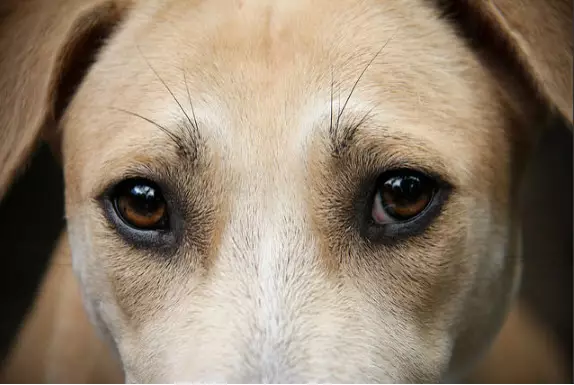As affectionate caretakers of our four-legged companions, their health is always a priority. Among the myriad of health concerns that can arise, eye health remains particularly crucial. Dogs, much like humans, can suffer from a variety of eye conditions that can affect their vision, comfort, and overall well-being. Regular veterinary check-ups typically include assessments of a dog’s eyes, highlighting the importance of proactive monitoring for any potential issues. Below, we will delve into some of the most common eye disorders affecting dogs, providing insight into symptoms, causes, and treatment options.
Early detection of eye problems is essential in preventing further complications that could lead to severe vision impairment or blindness. Owners might overlook certain symptoms, often mistaking them for common discomforts, but a keen eye for unusual behavior can make all the difference. Indicators such as excessive tearing, squinting, or a change in how your dog responds to visual stimuli should prompt an immediate veterinary visit.
Corneal ulcers can occur when the cornea, the eye’s outermost layer, sustains damage, usually due to scratches or other injuries. Dogs that frequently play outdoors are particularly susceptible, especially from encounters with branches or other dogs. Symptoms can manifest as persistent squinting, abnormal discharges, or excessive rubbing of the face. While corneal ulcers can often be treated successfully if caught early, any signs should be addressed promptly to prevent more serious complications.
Cataracts represent one of the more serious eye conditions in dogs, leading to the gradual clouding of the lens, impairing vision, and potentially resulting in total blindness. While many may confuse cataracts with nuclear sclerosis, an age-related change that results in a milky appearance without severe visual impairment, the implications of each are significantly different. It’s worth noting that cataracts can have various causes, including genetic predisposition or secondary conditions such as diabetes. Interestingly, surgical intervention can restore sight in dogs, although the costs and considerations surrounding the procedure should be thoroughly understood.
Keratoconjunctivitis sicca, commonly known as dry eye, is a condition characterized by inadequate tear production, leading to discomfort and potential blindness if untreated. Infected or inflamed glands fail to produce the necessary moisture, resulting in symptoms such as redness, thick yellow discharge, and an increasingly brown cornea. Treatment often involves medicated eye drops to stimulate tear production or, in more extreme cases, surgical options to assist moisture retention. Regular veterinary check-ups and dietary supplements formulated for eye health can also support overall ocular well-being.
Glaucoma, a condition that causes increased pressure within the eye, is particularly alarming due to the pain it can inflict and the rapid progression toward blindness if left untreated. Symptoms such as redness, swelling, and dilated pupils require immediate veterinary attention. Glaucoma can be categorized into two types: primary and secondary. The former arises from inherent abnormality in the eye’s drainage, while the latter is a secondary effect of pre-existing conditions or infections. Treatments generally aim to reduce the intraocular pressure, but such conditions require swift action.
Progressive retinal atrophy is a genetic condition leading to gradual degeneration of retinal cells—a significant concern for specific breeds. Often, the onset of symptoms is subtle, with owners noticing vision loss only when it’s considerably advanced. While there is no cure for PRA, it does not typically cause discomfort for dogs, as they can adapt well to their changing vision. If you own a breed prone to PRA, genetic testing and careful breeding practices are vital steps to minimize the prevalence of this condition.
Two commonly observed but often overlooked conditions in dogs are cherry eye and entropion. Cherry eye is the result of the prolapse of the third eyelid, needing prompt surgical intervention to avoid complications like dry eye. Conversely, entropion involves the eyelid rolling inward, potentially leading to corneal damage. Both require veterinary attention for corrective procedures, underscoring that seemingly minor issues can eventually lead to significant health concerns.
Conjunctivitis, commonly referred to as pink eye, is the inflammation of the conjunctiva that can arise from various causes—irritants, allergens, or infections. Symptoms manifest as redness, swelling, and unusual discharge from the eyes. Treatment typically involves topical medications and management of underlying causes. An owner’s vigilance in observing behavioral changes like excessive pawing at the eyes is crucial.
In closing, maintaining your dog’s eye health involves regular attention and swift action in response to any concerning symptoms. Some disorders, if caught early, can be effectively treated, while others require long-term management or can lead to irreversible damage. Always consult a veterinarian if you suspect an eye issue; your dog’s well-being depends on it.


Leave a Reply